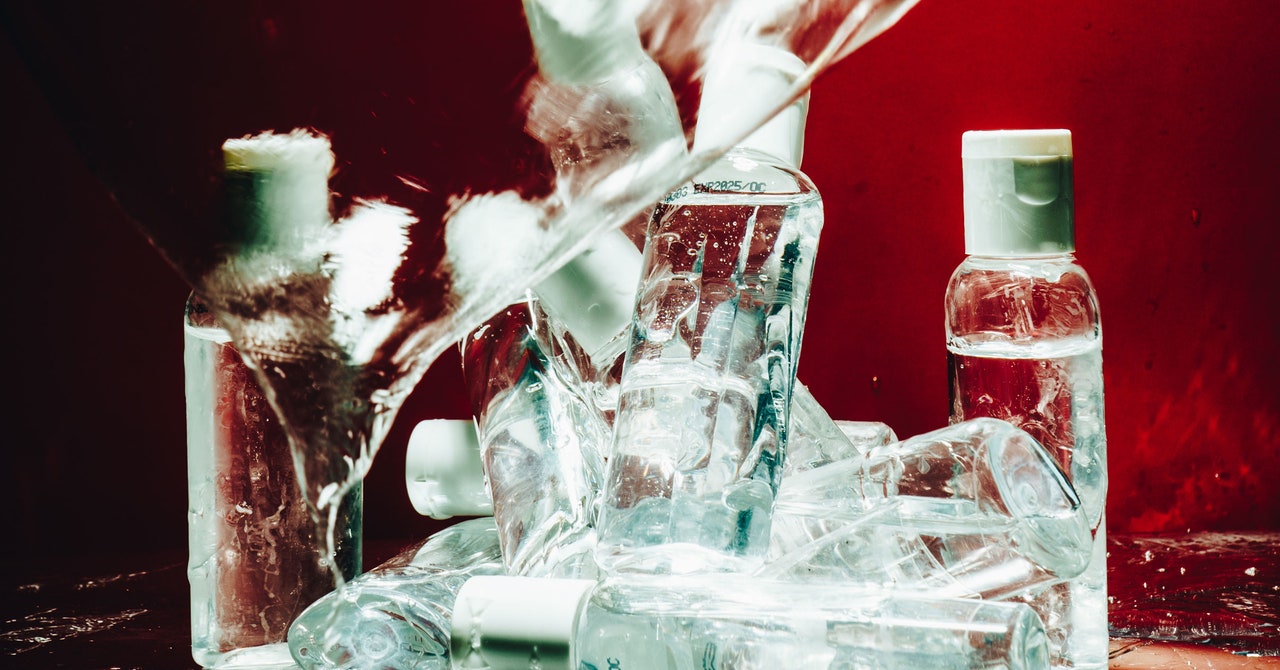
A few weeks after the investigators in Carson published their report, the FDA reinstated its pre-pandemic regulations on hand sanitizer. Now that supply had caught up to demand, the agency said, the relaxed rules were no longer appropriate. Manufacturers were not allowed to sell or donate any sanitizer produced under the rules starting in March 2022, and they would need to find some way to destroy it.
While the agency’s move surely resulted in fewer bottles of tainted sanitizer reaching the market, it created a new problem. Discarded sanitizer is supposed to be separated from its plastic bottles and treated as hazardous waste. One trade group, the National Association of Chemical Distributors, complained to the FDA that the process would be “inefficient,” “expensive,” and “time-consuming.” The group also asserted that “it is more costly to dispose of the product than to give it away.” The assertion does not acknowledge the numerous safety problems found in pandemic sanitizer.
Regardless, several school districts last year received donations of pandemic-regulation hand sanitizer worth tens of thousands of dollars. In June 2022, the FDA added a pandemic hand sanitizer from the Arizona-based brand Healing Solutions to its list of sanitizers that consumers should not use because of unspecified manufacturing issues. Copa Health, a behavior treatment center in Mesa, Arizona, donated $68,000 worth of Healing Solutions hand sanitizer to Mesa Public Schools, the largest district in the state, according to donation records obtained by WIRED. In October, after being contacted for comment, the school district sent a letter to its schools telling them to dispose of the bottles. “Mesa Public Schools was not made aware by the FDA or provider that the hand sanitizer was on the FDA’s Do Not Use List,” a district spokesperson wrote via email. Reached for comment, Copa Health’s marketing director, Linda Torkelson, wrote, “Thanks for reaching out but we would not be interested.” (Neither she nor other Copy Health executives responded to follow-up messages.)
People who work in the waste management industry say that they have been regularly fielding calls from people trying to get rid of hand sanitizer. “It’s been prohibitively expensive for the big jobs that we’ve talked to, so they haven’t followed through with us,” says Tony Orlando, the president of a California company that disposes of hazardous waste.
Several fires involving large amounts of unsellable hand sanitizer have broken out across the country in the past year, from Dallas to downtown Los Angeles. In Elgin, Illinois, boxes of hand sanitizer under recall caught fire outside an abandoned building across the street from a high school. In August 2022, in Wharton, Texas, what the local police department described as a “large quantity of hand sanitizer” caught fire, prompting a temporary shelter-in-place order. Near the border in Brownsville, Texas, a warehouse storing pallets of recalled hand sanitizer ignited that same month, and then again on two more occasions.
Outside Oklahoma City, hand-sanitizer-fueled fires broke out at factories and warehouses in August and October of 2022. The sites are allegedly operated by developer Brannan Bordwine, whose company faces $6.6 million in proposed fines for allegedly dumping and burying hand sanitizer in an open pit and for the fires, one of which a fire marshal announced may have been set intentionally. Bordwine did not respond to requests for comment. On April 3, 2023, fire crews in Moreno Valley, California, put out a fire that erupted among pallets of hand sanitizer that had been sitting outside for three weeks.


